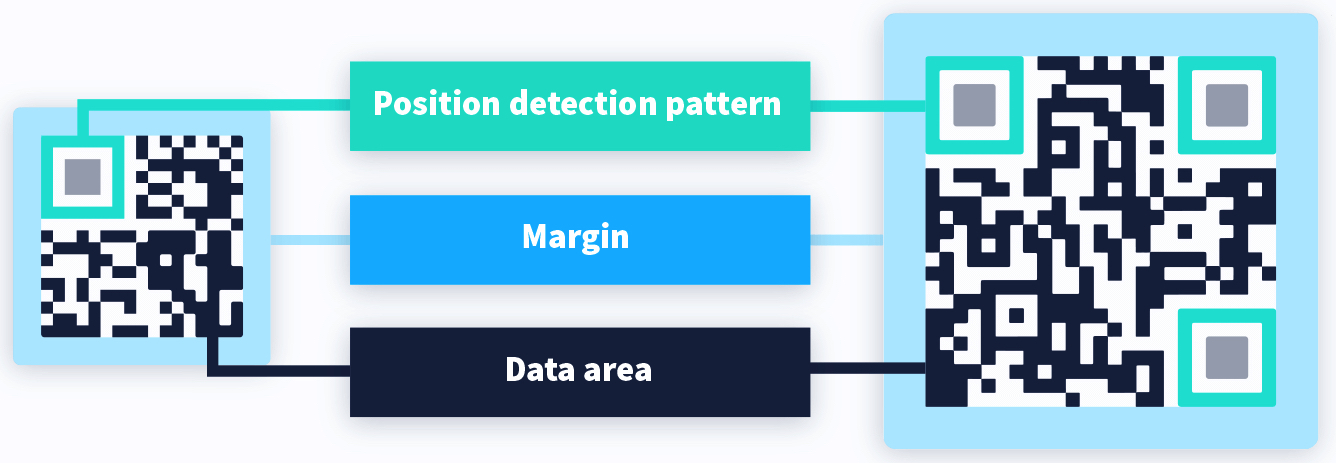QR Code
06 Feb 2024
Introduction to QR Codes
The QR code has become an essential component of our everyday routines, particularly in recent months, where its utilization has surged, sparing us from the laborious chore of completing countless paper forms. But what precisely is a QR code?
What is a QR Code?
When we're at the cashier in a supermarket, we're familiar with scanning the barcodes of our purchases. These barcodes hold data about the items, allowing the electronic cashier to identify them instantly. Now, enter the QR code – essentially a turbocharged version of the traditional barcode. While the barcode contains information only horizontally, the QR code does so both horizontally and vertically, enabling it to store over a hundred times more data. QR stands for Quick Response.

The Origins of the QR Code
In the early 1990s, barcode scanning was becoming progressively challenging due to limited data capacity. This challenge prompted Japanese engineer Hara Masahiro to develop a solution. Alongside his team, Hara created a two-dimensional barcode in the shape of a square, addressing the issue of datalimitations. However, initial designs faced a setback when scanning machines couldn't distinguish them from the surrounding text.
Innovative Solutions
Hara's perseverance paid off when, during his commute one day, he observed how skyscrapers were particularly prominent within the urban landscape. This observation sparked his ingenuity as he sought ways to differentiate square barcodes from surrounding text. By embedding three small squares at the corners of the barcode, he enabled scanners to recognize it instantly. Additionally, he addressed concerns about readability by ensuring that QR codes remained functional even if partially obscured or damaged, drawing inspiration from the game of Go (A japanese board game).
Impressive Showcase and Adoption
In 1994, Hara showcased his invention at an automobile trade meeting, garnering interest from representatives of various firms. Japan's car companies swiftly adopted QR codes, marking a significant milestone in their transition from relative anonymity to widespread prevalence.
Integration with Smartphones
The widespread adoption of QR codes was further propelled by the advent of smartphones with built-in cameras. Initially, users faced the inconvenience of needing separate apps to scan QR codes. However, technological advancements eliminated this barrier, making QR code scanning accessible through the standard camera app on smartphones.
Diverse Applications and Mainstream Usage
Today, QR codes serve a myriad of purposes, from advertising and e-payments to facilitating seamless connectivity and providing additional information at museums. They even enable joining WiFi networks without having to enter passwords. They have found unconventional uses, such as on gravestones, to share details about the deceased.
